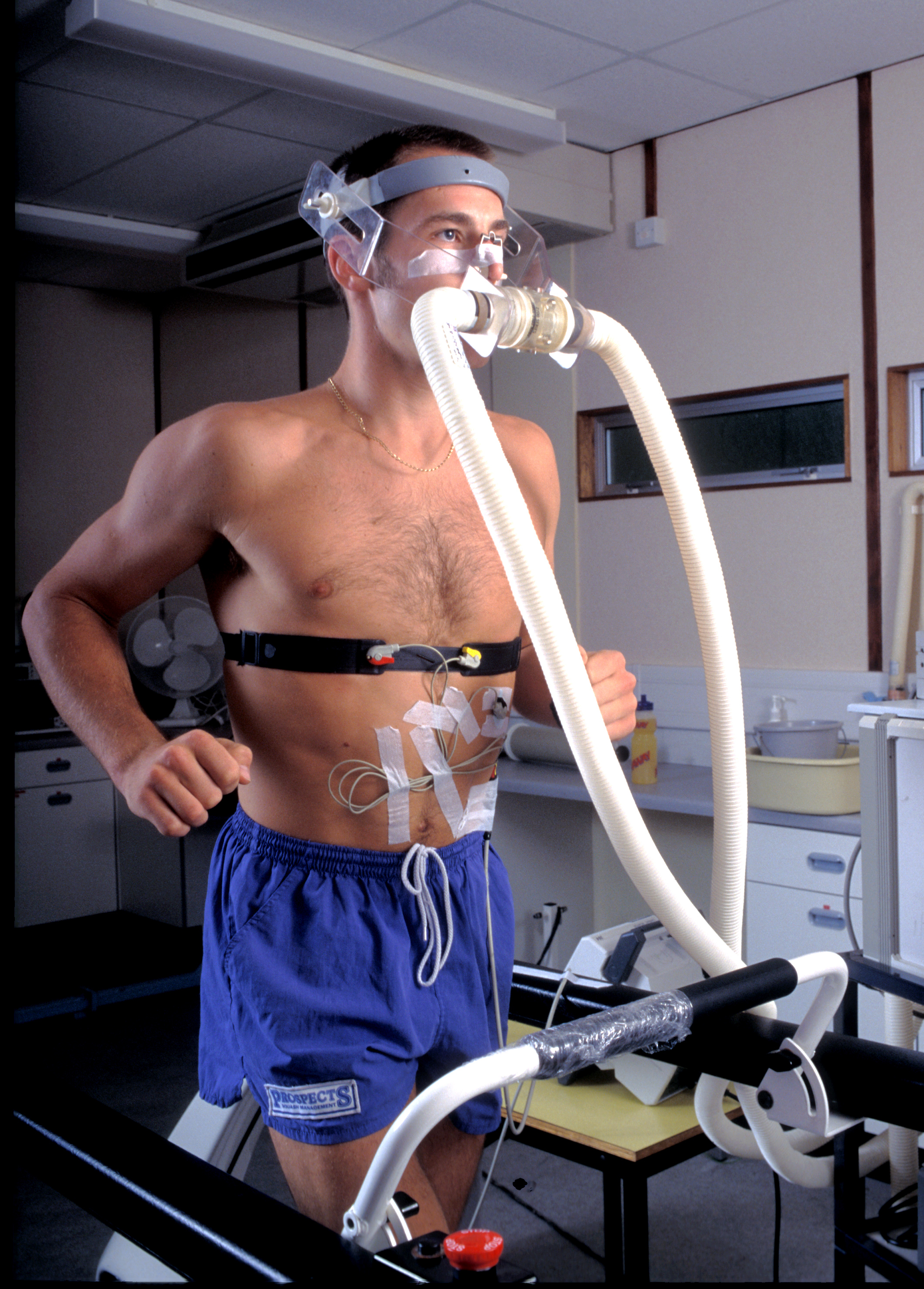By Candace Chemtob, B.S. and M.S. in Human Nutrition
Human strength has long been associated with iron. Think Ironman, the super hero, or grueling Ironman triathlons. Is this reputation based on facts? Could iron help you on the squash court? In this article we will examine the role of iron and its impact on athletic performance.
As discussed in previous articles, squash has high energy (calorie) demands. Due to iron’s role in energy production, both directly and indirectly (with it’s association with oxygen), a deficiency could negatively impact your performance on the court.
Iron is an essential trace mineral with body stores of only 3 to 5 grams or 1/6 of an ounce. The majority of iron, 70 to 80% percent, is contained within red blood cells in a compound called hemoglobin. Another 5 to 10 % of iron is associated with myoglobin. Oxygen binds to the iron portion of both of these substances. Hemoglobin picks up oxygen in the lungs and delivers it throughout the body. Myoglobin carries oxygen within muscle cells.

Iron is linked directly and indirectly to energy metabolism. The highest yielding energy reactions in our body require oxygen to convert food energy into ATP (adenosine triphosphate). ATP is the form of energy used to fuel nearly every movement and process in the body. Iron is also directly involved in several biochemical reactions related to energy production.
The link between iron and athletic performance is related to it’s role in energy metabolism. One of the most accurate measures of physical fitness is VO2 max. VO2 max is the maximum capacity of an athlete’s body to transport and use oxygen during exercise. Research studies have shown that iron deficiency is associated with decreased VO2 max. A lack of oxygen triggers a process called glycolysis, which produces less energy (ATP) and creates a byproduct called lactic acid. When blood and muscle lactic acid levels rise, fatigue ensues and athletic performance decreases.
Athletes are at a higher risk for iron deficiency than the general population. Factors putting athletes at greater risk include loss of iron through sweat and increased red blood cell breakdown during strenuous training. Women, whether athletes or not, are at higher risk than males due to menstrual losses, which can be a loss of 15 to 30 mg of iron per cycle. The signs and symptoms of iron deficiency are feeling tired and weak, lethargy, poor appetite, and for the athlete, reduced exercise tolerance and performance.
There are two main sources of iron in food, heme (from animal sources) and non-heme iron (non-animal sources). In general, iron is not well absorbed. This is especially true for non heme sources of iron, such as breakfast cereals and breads enriched with iron plus soybeans, white bean, molasses, spinach, lentils, and tomato paste (for a more complete list, please see www.cdc.gov/nutrition/everyone/basics/vitamins/iron.html). The absorption of non-heme iron can be enhanced by simultaneously consuming foods rich in Vitamin C, such as oranges, grapefruit, lemon, peppers, and broccoli (also check out the CDC website for a complete list). Eating or drinking calcium rich foods (dairy), or foods with phytates or polyphenols (tea, coffee) reduce iron absorption. Heme iron (found in meats, fish, poultry) is absorbed at a rate of two to three times greater than non heme iron. The dietary requirements for iron are 8 mg for males 19 years and older, and for women 18 mg for 19 to 50 years old.
Iron deficiency is the most common nutrient deficiency worldwide. Screening is recommended if you are experiencing any symptoms or if you are at a high risk for developing a deficiency. Young female athletes are most susceptible to iron deficiency. Vegetarians are also at high risk for iron deficiency as non heme iron found in plant based diets has lower rates of absorption. Screening for iron deficiency can be accomplished by a battery of laboratory tests referred to as a complete blood count (CBC). If these results are suggestive of iron deficiency, more specific tests to diagnose iron deficiency, such as serum ferritin (storage form of iron), serum iron, and/or transferrin saturation (protein that transports iron) should be checked.
Most commonly iron deficiency is treated with oral iron supplements, but in severe cases iron infusions may be needed. With iron, as with many nutrients, “more is not better.” Iron supplements should not be taken in the absence of a known deficiency unless prescribed by a physician. The ingestion of excess dietary iron can decrease absorption of other essential minerals, such as zinc and copper. Instead of supplementation, an iron rich diet is recommended, to prevent iron deficiency.


